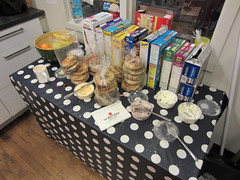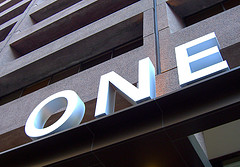Did you know that there’s a simple trick that can help you get more clients?
It’s something that many small and medium size businesses ignore, or don’t even know about.
It isn’t more years of experience or knowing more software. It isn’t your location either.
It’s something that can help you stand out from your competition and make it easier for you to get more clients.
I call it having “an edge.”
What’s an edge?
What do I mean by an “edge” anyway? Lower prices? A sack of razors in the back?
Nope.
An edge is a term that Seth Godin uses to define something that makes your company different.
Something that other businesses would have a great deal of trouble duplicating.
For instance, any restaurant can lower prices, but not every restaurant could (or would) offer a 15-course meal that takes three hours to serve and consume. And not every patron could afford the time or the money to eat such a meal.
Does an edge mean complicated and expensive?
Not necessarily. Your edge could be a meal that lasts three hours. Or, one that’s served in 12 seconds.
You could treat everyone really, really well (like Zappos). Or treat them badly. Ratner’s (a restaurant in New York City), was famous for its grumpy waiters. They told you what to eat, steered you away from the fish and toward the blintzes, and generally treated their customers poorly. Customers ate it up (sorry), because it was something to talk about to their friends.
Your edge could be adding something (a free web site favicon, a free soup strategy, or a font of the month).
You could over-engineer your products (like Patagonia does). Most of its customers don’t really need clothing that can withstand -80F temperatures, or keep them comfortable three miles up on a mountain, but they like to think they do.
Or, you could offer super-fast turnaround (at an appropriate rush price), for clients with big, hairy deadlines breathing down their necks. Think of what FedEx did for packages for people in a hurry.
The key is to create something that’s impressive, noteworthy, and well remarkable.
This is the last in a series of posts about competing against outsourcing. The other posts are:





